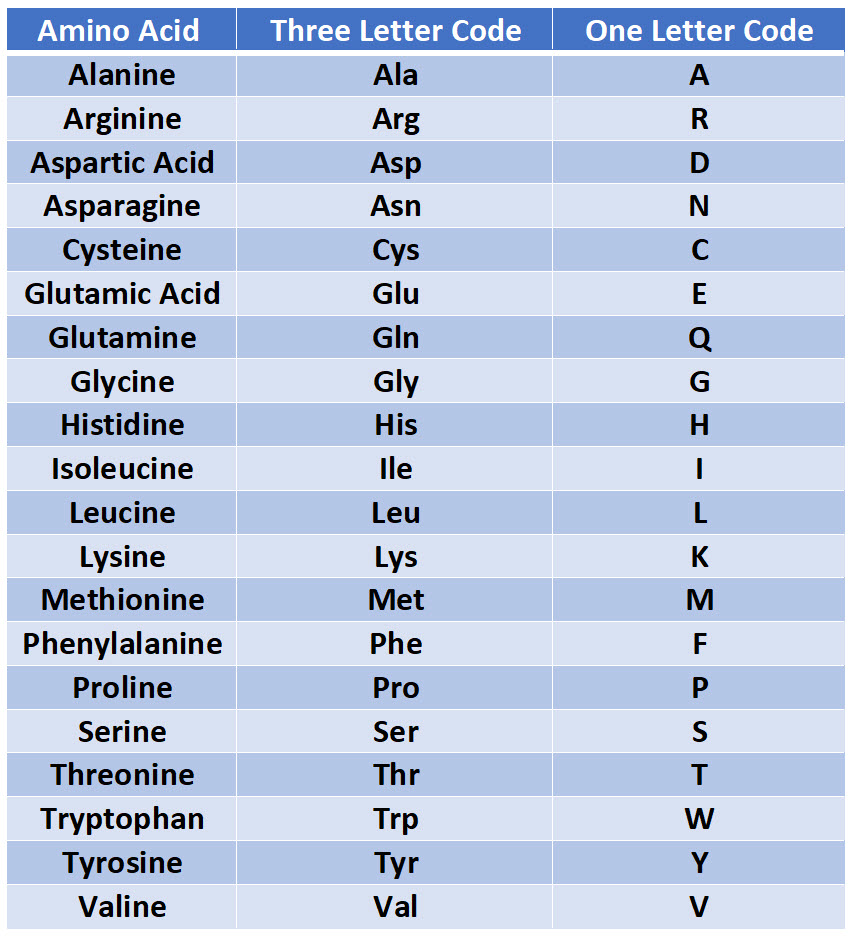

In these organisms, hemoglobins may carry oxygen, or they may act to transport and regulate other small molecules and ions such as carbon dioxide, nitric oxide, hydrogen sulfide and sulfide. Hemoglobin and hemoglobin-like molecules are also found in many invertebrates, fungi, and plants. Excessive glucose in one's blood can attach to hemoglobin and raise the level of hemoglobin A1c. In these tissues, hemoglobin has a non-oxygen-carrying function as an antioxidant and a regulator of iron metabolism. Other cells that contain hemoglobin include the A9 dopaminergic neurons in the substantia nigra, macrophages, alveolar cells, lungs, retinal pigment epithelium, hepatocytes, mesangial cells in the kidney, endometrial cells, cervical cells and vaginal epithelial cells. Hemoglobin is also found outside red blood cells and their progenitor lines. The molecule also carries the important regulatory molecule nitric oxide bound to a thiol group in the globin protein, releasing it at the same time as oxygen. Hemoglobin is involved in the transport of other gases: It carries some of the body's respiratory carbon dioxide (about 20–25% of the total ) as carbaminohemoglobin, in which CO 2 is bound to the heme protein. The mammalian hemoglobin molecule can bind (carry) up to four oxygen molecules. Hemoglobin has an oxygen-binding capacity of 1.34 mL O 2 per gram, which increases the total blood oxygen capacity seventy-fold compared to dissolved oxygen in blood. In mammals, the chromoprotein makes up about 96% of the red blood cells' dry content (by weight), and around 35% of the total content (including water). A healthy individual human has 12 to 20 grams of hemoglobin in every 100 mL of blood. There it releases the oxygen to permit aerobic respiration to provide energy to power functions of an organism in the process called metabolism. lungs or gills) to the rest of the body ( i.e. Hemoglobin in blood carries oxygen from the respiratory organs ( e.g.

Hemoglobin, ( haemoglobin BrE) (from the Greek word αἷμα, haîma 'blood' + Latin globus 'ball, sphere' + -in) ( / ˌ h iː m ə ˈ ɡ l oʊ b ɪ n, ˈ h ɛ m oʊ ˌ-/ ), abbreviated Hb or Hgb, is the iron-containing oxygen-transport metalloprotein in red blood cells (erythrocytes) of almost all vertebrates (the exception being the fish family Channichthyidae ) as well as the tissues of some invertebrates. α and β subunits are in red and blue, respectively, and the iron-containing heme groups in green.


 0 kommentar(er)
0 kommentar(er)
